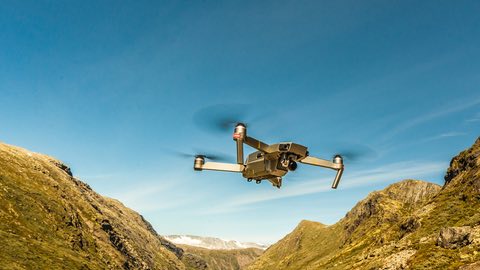
Researchers from NCCR Robotics consortium at the University of Zurich and microprocessor company Intel have collaborated to develop a quadcopter that can learn to fly acrobatics autonomously.
Their novel algorithm enables the drone to fly acrobatic maneuvers such as the Power Loop, the Barrel Roll, and the Matty Flip. The drone incurred accelerations of up to 3g during the maneuvers. The algorithm that allows the drones to fly acrobatic maneuvers is represented by an artificial neural network that directly converts observations from the on-board camera and inertial sensors to control commands. This neural network is trained exclusively in simulation, giving several advantages:
- it does not require a human expert to provide demonstrations;
- it cannot harm the physical system during training; and,
- it can be used to learn maneuvers that are challenging even for the best human pilots.
“Several applications of drones, such as search-and-rescue or delivery, will strongly benefit from faster drones, which can cover large distances in limited time. With this algorithm we have taken a step forward towards integrating autonomously navigating drones into our everyday life,” says Davide Scaramuzza, professor and director of the robotics and perception group at the University of Zurich, and head of the Rescue Robotics Grand Challenge for NCCR Robotics.
The research team cautions that there is still a significant gap between what human pilots and autonomous drones can do.
“The best human pilots still have an edge over autonomous drones given their ability to quickly interpret and adapt to unexpected situations and changes in the environment,” says Prof. Scaramuzza.
